Teaching is a skill that requires a unique blend of knowledge, patience, and creativity. As an experienced educator, I have witnessed firsthand the impact that effective teaching skills can have on students’ learning and development. In this article, I’ll be sharing some powerful examples of teaching skills that can help educators create engaging and impactful learning experiences for their students.
From the ability to effectively communicate complex concepts in simple terms to creating a positive and inclusive classroom environment, teaching skills encompass a wide range of techniques and strategies. Whether you’re a seasoned teacher looking to enhance your skills or someone considering a career in education, this article will provide you with practical examples and insights to inspire and improve your teaching practice.
Definition List For Examples of teaching skills
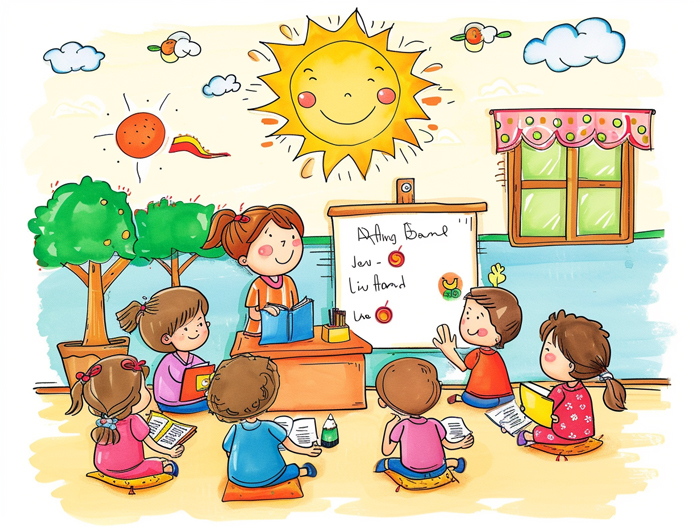
Teaching skills are crucial for educators to effectively facilitate learning and foster the development of students. These skills encompass a wide range of abilities and strategies that help create an engaging and effective classroom environment. Here are some examples of key teaching skills:
- Effective Communication: As a teacher, I know the importance of clear and concise communication. It is crucial to convey information in a way that is easily understandable for young learners. By using simple language, visual aids, and gestures, I ensure that my students grasp the concepts being taught.
- Classroom Management: A well-managed classroom provides a structured and positive learning environment. This involves setting clear expectations for behavior, establishing routines, and effectively managing transitions between activities. By maintaining a calm and organized classroom, I create an atmosphere conducive to learning.
- Differentiation: Every student learns at their own pace and in their unique way. I regularly assess my students’ learning needs and tailor my instruction to meet those needs. By providing different learning opportunities, such as hands-on activities, group work, and visual aids, I ensure that all students are actively engaged in the learning process.
- Adaptability: Teaching requires adaptability, as every group of students is different. I continuously adjust my teaching methods to accommodate different learning styles, abilities, and interests. This allows me to meet the diverse needs of my students and ensure that they all have equal opportunities to succeed.
- Creativity: Being creative in my teaching approach helps me make learning more interesting, interactive, and memorable for my students. I incorporate games, songs, and other interactive activities to make lessons fun and engaging. This not only enhances students’ understanding but also fosters their love for learning.
- Assessment and Feedback: Regular assessment of students’ progress allows me to identify areas of strength and areas for improvement. I provide constructive feedback to guide their growth and help them reach their full potential. This ongoing assessment and feedback help me tailor my instruction to meet individual learning needs.
By developing and honing these teaching skills, educators can create an inclusive and effective learning environment that promotes students’ academic, social, and emotional growth. Mastering these skills takes time and practice, but the rewards are immeasurable.
Examples of Teaching Skills
As an experienced educator, I have developed and refined a range of teaching skills that have proven to be effective in creating a positive learning environment for my students. Here are some examples of the key teaching skills that I use:
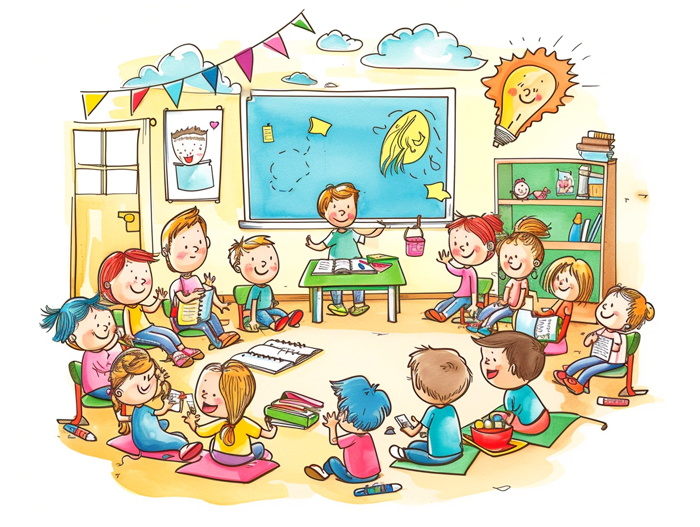
Effective Communication
One of the most important teaching skills is effective communication. It’s essential for educators to be able to clearly convey information and instructions to their students. This includes using appropriate vocabulary and language, adapting their communication style to the needs of different learners, and actively listening to students to ensure understanding.
Classroom Management
Another crucial teaching skill is classroom management. This involves creating a structured and organized learning environment where students feel safe and supported. Effective classroom management strategies include setting clear expectations, establishing routines, and addressing behavioral issues promptly and fairly.
Differentiation
In order to accommodate the diverse needs of students, teachers must be skilled in differentiation. This means tailoring instruction and activities to meet the individual learning styles, abilities, and interests of each student. By providing varied and engaging learning experiences, teachers can ensure that all students have the opportunity to succeed.
Adaptability
Teaching is a dynamic profession that requires adaptability. Teachers must be able to adjust their lesson plans and teaching strategies to meet the ever-changing needs of their students. This may involve incorporating new technologies, modifying instructional approaches, or responding to unexpected challenges.
Creativity
A creative approach to teaching can greatly enhance student engagement and learning. Teachers who incorporate imaginative and innovative teaching methods are more likely to inspire their students and foster a love of learning. Whether it’s through hands-on activities, group projects, or interactive games, creativity adds an element of excitement to the classroom.
Assessment and Feedback
Effective assessment and feedback are essential teaching skills. By regularly assessing student progress and providing constructive feedback, teachers can identify areas of improvement and provide guidance for further learning. This helps students stay motivated and allows teachers to tailor their instruction accordingly.
As educators, it is crucial that we continuously develop and hone these teaching skills. By embracing effective communication, classroom management, differentiation, adaptability, creativity, and assessment and feedback, we can create an inclusive and effective learning environment for our students.
Instructional Skills
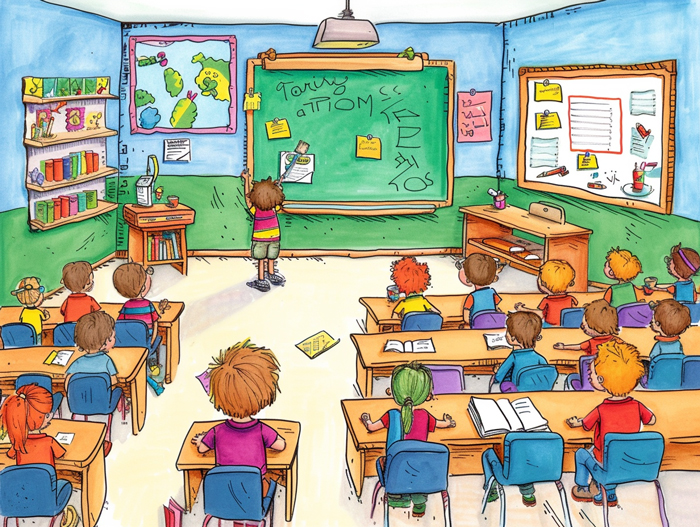
Classroom Management
When it comes to teaching, effective classroom management is crucial. It involves creating a positive and organized learning environment where students can thrive. As a teacher, I focus on establishing clear expectations and rules, while also fostering a sense of community and respect among my students. By implementing strategies such as proactive behavior management techniques and well-defined routines, I ensure a smooth and focused classroom atmosphere.
Lesson Planning
Another essential teaching skill is the ability to create well-structured and engaging lesson plans. I strive to design lessons that are aligned with educational standards and cater to the specific needs and interests of my students. Through careful planning, I include a variety of instructional strategies and resources to make learning fun and meaningful. This allows me to effectively deliver the curriculum while promoting active participation and critical thinking.
Differentiation
In my teaching practice, I understand the importance of differentiating instruction to meet the diverse needs of my students. I employ various strategies, such as flexible grouping, tiered assignments, and individualized support, to ensure that every student has the opportunity to succeed. By tailoring my instruction to accommodate different learning styles, abilities, and interests, I create an inclusive and supportive learning environment for all my students.
Adaptability
Teaching requires adaptability, as every class and student is unique. I embrace this challenge by being open to new ideas and approaches. Whether it’s adjusting my lesson plans on the spot or finding alternative methods to explain a concept, I am constantly adapting my teaching strategies to meet the changing needs of my students. This flexibility allows me to create dynamic and responsive lessons that maximize student engagement and learning outcomes.
Creativity
In order to inspire and engage my students, I recognize the importance of creativity in teaching. I actively seek out innovative ways to present information and encourage students to think outside the box. By incorporating hands-on activities, real-world connections, and technology, I foster a creative learning environment where my students can explore and express their ideas. This helps to stimulate their curiosity, critical thinking, and problem-solving skills.
Assessment and Feedback
Finally, effective assessment and feedback are essential in driving student growth and improvement. I utilize a variety of assessment methods, such as formative assessments, projects, and quizzes, to gauge student understanding and progress. Regular feedback is provided to my students, highlighting their strengths and areas for growth. By providing specific and constructive feedback, I empower my students to take ownership of their learning and continually strive for improvement.
As a dedicated educator, I continuously develop and refine these instructional skills to create an inclusive and effective learning environment. By utilizing effective classroom management techniques, designing engaging lesson plans, differentiating instruction, being adaptable, fostering creativity, and providing meaningful assessment and feedback, I ensure that my students receive the best possible education. Through these skills, I am able to support their growth, inspire their love for learning, and help them reach their full potential.
Communication Skills
As an experienced educator, I understand the crucial role that communication plays in teaching. Effective communication skills are the cornerstone of building strong relationships with students and creating a positive learning environment. In this section, I will explore two key aspects of communication skills: verbal and nonverbal communication.
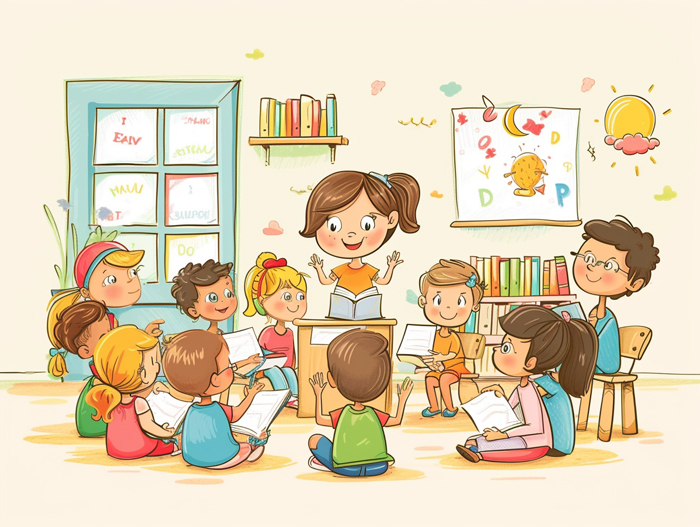
Verbal Communication
Verbal communication refers to the use of words and spoken language to convey information, provide instructions, and engage with students. Here are some important points to consider when it comes to verbal communication in the classroom:
- Clarity: It’s essential to speak clearly and enunciate words to ensure that students understand your instructions and explanations. Using simple and concise language allows students to grasp concepts easily.
- Active Listening: As teachers, it’s not just about talking; it’s equally important to actively listen to our students. By giving students the opportunity to express themselves and asking open-ended questions, we encourage their participation and create a supportive learning environment.
- Positive Reinforcement: Verbal praise and encouragement can go a long way in motivating students and boosting their confidence. Recognizing and acknowledging their accomplishments helps foster a positive classroom atmosphere.
Nonverbal Communication
Nonverbal communication involves using facial expressions, gestures, body language, and other visual cues to convey messages. These nonverbal cues can significantly impact the effectiveness of communication in the classroom. Here are key points to keep in mind:
- Eye Contact: Maintaining eye contact with students while speaking shows attentiveness and helps build trust. It also encourages students to pay attention and reinforces the importance of active listening.
- Body Language: Teachers can use body language to convey their enthusiasm, approachability, and engagement. Smiling, nodding, and using open gestures demonstrate that you are welcoming and interested in what students have to say.
- Proximity: Being physically close to students when giving instructions or providing guidance can enhance understanding and establish a sense of connection. However, it’s essential to respect personal space and consider individual preferences.
Effective communication skills, both verbal and nonverbal, are fundamental for successful teaching. By mastering these skills, educators can foster strong relationships, cultivate a positive learning environment, and support the academic and emotional growth of their students.
Assessment Skills
In addition to effective communication, teaching requires a range of skills to ensure student growth and success. One crucial set of skills is assessment skills, which play a significant role in monitoring progress and providing feedback. Let’s explore these skills in more detail.
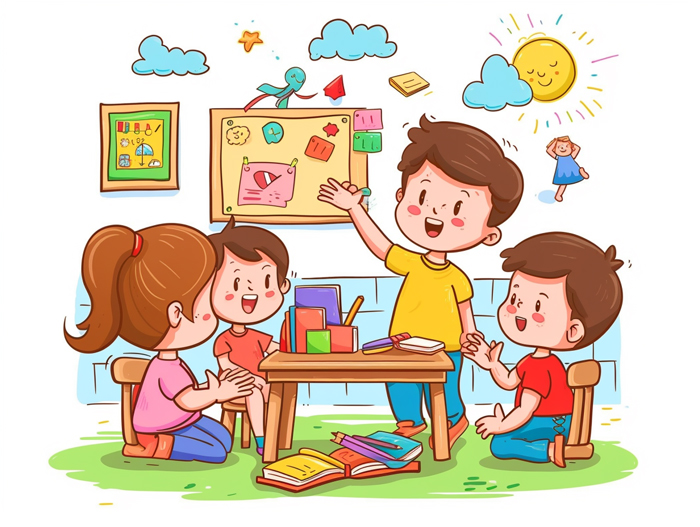
Monitoring Progress
As a teacher, it’s essential to constantly monitor the progress of your students to identify areas where they excel and areas where they may need additional support. Here are some effective methods for monitoring progress:
- Observation: Actively observe your students during class activities, noting their engagement, understanding, and skill development.
- Assessments: Administer regular assessments, such as quizzes, tests, or projects, to gauge student comprehension and identify areas that require further attention.
- Check-ins: Have informal check-ins with students to gauge their understanding and address any questions or concerns they may have.
By regularly monitoring progress, you’ll be able to adjust your teaching strategies and provide targeted support to meet the unique needs of each student.
Providing Feedback
Effective feedback is a powerful tool for student growth and improvement. Here’s how you can provide constructive feedback to your students:
- Specificity: Be specific when providing feedback, highlighting areas of strength and areas that need improvement. Provide examples or suggestions for improvement to help students understand and take action.
- Timeliness: Offer feedback promptly after assessments or assignments to ensure it remains relevant and actionable.
- Balance: Maintain a balance between positive reinforcement and constructive criticism to motivate and encourage students while also addressing areas that require improvement.
- Two-way communication: Encourage students to reflect on their own work and provide self-assessment. Engage in two-way communication to discuss progress, goals, and strategies for improvement.
Remember, effective feedback is not about criticizing or discouraging students but providing them with the guidance and support they need to succeed.
By honing your assessment skills, you can effectively monitor student progress and provide meaningful feedback. These skills are fundamental for creating an engaging learning environment that fosters growth and development.
Adaptability and Flexibility
When it comes to teaching, adaptability and flexibility are key skills that can greatly enhance the learning experience for students. As an educator, it’s important to be able to adjust and modify your teaching methods to meet the diverse needs and abilities of your students. Here are a few examples of how adaptability and flexibility play a crucial role in effective teaching:
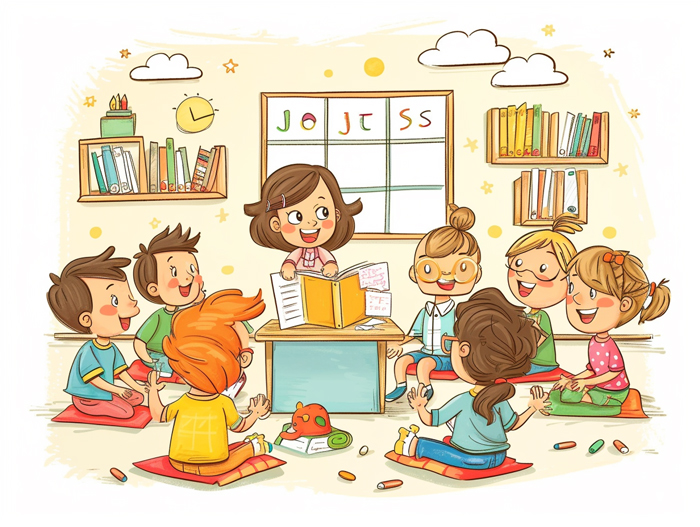
1. Differentiated Instruction:
One of the best ways to accommodate the unique needs of each student is through differentiated instruction. This approach involves tailoring your teaching methods, materials, and assessments to meet the individual strengths, weaknesses, and learning styles of your students. By doing so, you can ensure that every student is challenged and engaged at their appropriate level.
2. Modifying Lesson Plans:
Being adaptable and flexible also means being able to modify your lesson plans on the go. Sometimes, despite careful planning, a particular activity or strategy may not resonate with your students. In such cases, it’s essential to recognize the need for change and be willing to alter your plans to better suit the needs of your students. This might involve introducing additional examples, providing extra practice, or using a different approach altogether.
3. Embracing Technology:
In today’s digital age, technology is an integral part of education. As a teacher, embracing technology can significantly enhance your ability to connect with students and make learning more interactive and engaging. By incorporating educational apps, interactive websites, or multimedia resources, you can adapt your teaching to cater to the technological preferences and learning styles of today’s tech-savvy students.
4. Collaborative Learning:
Adaptability and flexibility also extend to collaborative learning opportunities. By creating opportunities for students to work together, such as group projects or peer-to-peer discussions, you can foster an environment that promotes teamwork, communication, and problem-solving skills. This enables students to learn from each other, share their ideas, and gain different perspectives, ultimately enriching their overall learning experience.
Adaptability and flexibility are essential skills for any effective teacher. These skills allow educators to adjust their teaching methods, modify lesson plans, embrace technology, and create collaborative learning opportunities. By being adaptable and flexible, teachers can create an engaging and dynamic learning environment that meets the diverse needs of their students.
Technology Skills
As a teacher, I understand the importance of integrating technology into the classroom to enhance student learning and engagement. Here are some examples of technology skills that can be utilized in the teaching process:
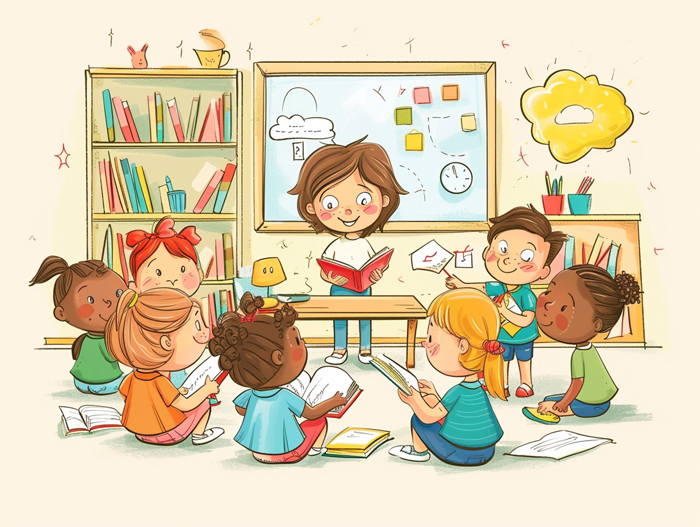
- Digital literacy: Teaching students how to navigate and use digital devices, such as computers, tablets, and interactive whiteboards, is essential in today’s digital age. I incorporate hands-on activities and interactive games to help develop their digital literacy skills.
- Online research: With the vast amount of information available online, it is crucial for students to learn how to effectively search for and evaluate information. I guide my students in using reliable sources and teach them how to cite their research properly.
- Multimedia presentations: Presenting information in a visually appealing and interactive way can significantly enhance student engagement. I teach my students how to create multimedia presentations using tools like PowerPoint, Prezi, or Google Slides, allowing them to showcase their knowledge creatively.
- Collaborative online tools: Technology provides numerous opportunities for collaborative learning. I encourage my students to use online tools such as Google Docs or Padlet to collaborate on group projects or share ideas with their peers.
- Digital assessment: Technology also offers various assessment methods that can provide immediate feedback and help track students’ progress. I use digital tools like Kahoot or Quizlet to create fun and interactive quizzes, ensuring active participation and reinforcing learning.
By incorporating technology skills into my teaching, I create a dynamic and engaging learning environment that resonates with my students. By leveraging the power of technology, I am able to enhance their digital literacy, foster collaboration, and promote interactive learning experiences.
Remember, flexibility and adaptability are essential when integrating technology into the classroom. It’s important to keep up with the latest advancements and be open to exploring new tools and resources that can further enrich students’ learning experiences.
- Digital literacy
- Online research
- Multimedia presentations
- Collaborative online tools
- Digital assessment
Conclusion
Teaching skills are crucial for educators to create effective learning environments and enhance students’ educational experiences. Throughout this article, we have explored the significance of adaptability and flexibility in teaching. We have also highlighted the importance of integrating technology into the classroom.
By embracing adaptability and flexibility, teachers can cater to the diverse needs and learning styles of their students. They can adjust their teaching methods and strategies to ensure that every student has the opportunity to succeed. Additionally, integrating technology into the classroom can provide students with valuable skills for the digital age.
From digital literacy to multimedia presentations, collaborative online tools to digital assessment, teachers can leverage technology to engage and motivate their students. However, it is crucial for teachers to stay updated with the latest advancements in educational technology to provide the best learning experiences for their students.
Teaching skills, including adaptability, flexibility, and technology integration, play a vital role in shaping the future of education. By continuously honing these skills, educators can make a positive impact on their students’ learning journey and prepare them for success in the modern world.

